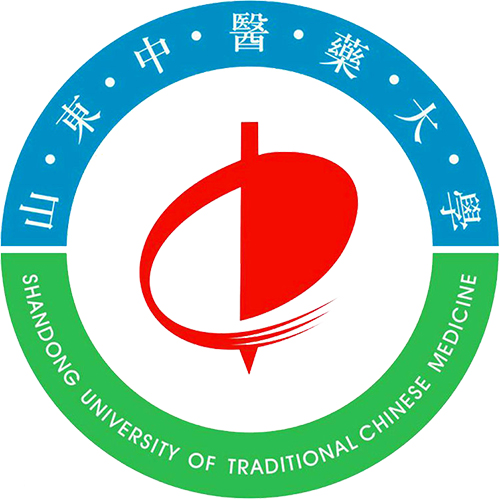Why Study in SDUTCM
Shandong University of Traditional Chinese Medicine was founded in 1958. It is the only independently set up medical university in Shandong Province and approved as one of the key provincial universities in 1981. The university has been ranked as excellent in the undergraduate education evaluation conducted by the State Educational Ministry.
With a scenic environment and a full range of teaching facilities, the university stretches over eastern and western campuses. The eastern campus is located at the foot of Qianfo ( Thousand-Buddha) Mountain and the western campus in the college town of Changqing District, Jinan City. The two campuses totally covers an area of 122 Hectares, with a building area of 505,000 square meters, The university library stores 1,050,000 paper books and 470,000 electronic books. The university has 13 colleges, for example, College of Basic Medical Sciences, College of Chinese Materia Medica, College of Acupuncture, Moxibustion and Tuina, College of Nursing, College of International Education, 11 affiliated hospitals, 23 teaching hospitals and 50 clinical teaching bases. The university offers 21 undergraduate programs involving medicine, sciences, humanities, engineering, management, etc.; three first-class doctoral degree authorization specialties, including Traditional Chinese Medicine, Traditional Chinese Materia Medica and Combination of Traditional Chinese Medicine with Western Medicine, entitled to confer 15 doctoral degrees; five first-class master degree authorization specialties, entitled to confer 26 master degrees. The university has a strong teaching faculty. Among the total 3,325 staff, there are 78 doctorate supervisors and 311 master supervisors. At present, the university has an enrollment of 16,400 students, including more than 13,500 undergraduates and more than 2,500 postgraduates.
The university attaches importance to specialty construction, so that a batch of dominant and feature specialties have been formed. It now owns 3 state key specialties, namely Traditional Chinese Medicine, History and Literature of TCM and Traditional Chinese Internal Medicine, 1 Education Ministry key laboratory, 12 SATCM (State Administration of Traditional Chinese Medicine) key specialties, 6 SATCM key laboratories, 6 Shandong provincial “Taishan-Fellowship” specialties, 1 Shandong provincial research base of humanities and social sciences, and 14 Shandong provincial key specialties, specialist hospitals and laboratories. Its comprehensive scientific research capacity has leaped into the front ranks of TCM universities in mainland China.
The university pays close attention to international academic exchange and cooperation. It has established long-term cooperative relationships with more than 60 higher-learning institutes, medical and scientific research units in Asia, Europe, Africa, America, Australia, Hong Kong, Macao and Taiwan, collaborating with them in TCM education, medical care and scientific research. Its International Education College is responsible for enrollment and administration of overseas students in the undergraduate, master and doctoral programs and various short-term training courses, which are instructed in English, Japanese and Korean languages. It now has about 400 long-term overseas and foreign students and receives over 100 short-term students yearly.
 :
:
